A World Renowned Pottery Festival in Tochigi
One of Japan’s great festivals takes place this weekend, and it's a must-visit for lovers of crafts and ceramics. From Saturday, October 31 through Wednesday, November 4, the town of Mashiko is the place to be if you're looking to find, acquire, buy or just admire the works of over 500 different potters.
Located in the southeastern region of Tochigi prefecture, Mashiko is a town that is serious about its pottery. Twice a year, once in spring and then again in fall, the whole town becomes an outdoor market for regional potters to display and sell their wares. Also open for business are the town’s large pottery stores, which operate year round.
Of course the festival attracts thousands of people and the streets of Mashiko are crowded with visitors. Fortunately, the stalls and shops spill over the towns gentle hills and down the main streets, giving shoppers the chance to stroll amongst the stalls and to view the many varieties of pottery without too much congestion.
Tochigi became a world renowned ceramics center in the late 19th century, when clay suitable for firing was discovered in the area. Over the years many famous potters were drawn to the district because of this clay. Kilns were built and different styles were experimented with, resulting in today’s incredible range of designs and types of pottery. There are so many, in fact, that a signature type is difficult to pinpoint. This area is famous for its particular style of kiln, the noborigama, or climbing kilns. As many as six small kilns are situated above one another and connected to one another on the hillside. There are also glazes typical to the area, chief among which is the persimmon glaze.
The range of pottery available in Mashiko is amazing. Gracious vases and rough ikebana plates are equally at home here with the sake bottles and incredible variety of garden ornaments, from Hello Kitty and Kappas to the ever-present tanuki (Japanese racoon dog) statues.
In fact, it is the tanuki that presides over the center of the town. Perhaps the largest tanuki in the world, this generously proportioned statue is at least six meters tall. His happy face and raised sake cup welcome one and all to the town. Tanuki statues are everywhere and make a cute souvenir of Mashiko.
However the town’s potters are serious artisans and display their artistic works with great pride. Many of them have embraced various contemporary styles and offer interesting uses for their products. Ceramic button hair ties, wall mounted flower flutes, dishes, vases and objets d’art are all available to tempt the shopper.
Mashiko is a fun place, with food stalls and restaurants happily providing great fare to feed all the visitors. Interesting antique shops and curio shops are also open and have all sorts of portable antiques. The town arranges displays of pottery making and exhibitions of local artists’ wares. Local farmers also take the opportunity to sell their freshly harvested vegetables to some of the estimated 800,000 annual visitors.
Tochigi is a very pretty area situated in a national forest. Its lovely wooded hillsides provide leafy pathways for weary travellers to wander off and find a perfect spot to eat a bento and survey the town below.
The town can be reached by train, bus or car. The journey via the roads can be long and frustrating, sometimes taking over four hours from Tokyo. By train, take the Tohoku Line from JR Oyama station to JR Shimodate station. From there, take the Mito Line to Mashiko station. The town center is a 20-minute walk. Alternatively, a Toya bus can be taken from Utsunomiya station on the Tohoku Line (bus platform 14 at the West exit) to Mashiko.
The Deets
When: Sat, Oct. 31–Wed, Nov. 4, 2015 (Takes place twice yearly, in the spring and autumn. For dates of future fairs, check the website of the town’s tourism association.)
Where: All across Mashiko town.
How much: Entrance to the festival is free, and works of pottery range in price from extremely reasonable to more of an investment.
More info: For additional information on the festival and the town of Mashiko, check the official website of the town’s tourist association.
Top three photos by Masayuki Kawagishi, Eryn Vorn, and Skyseeker.


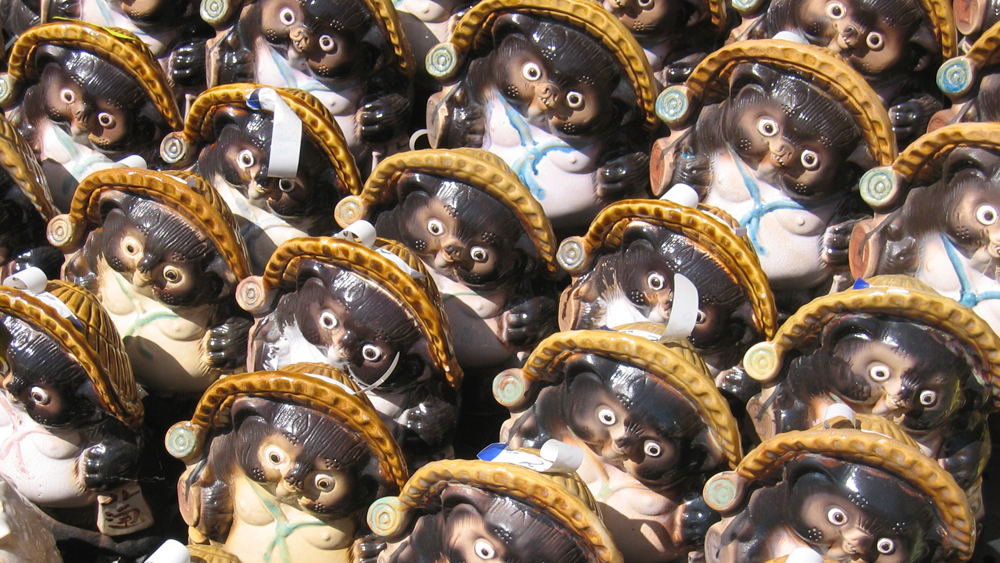
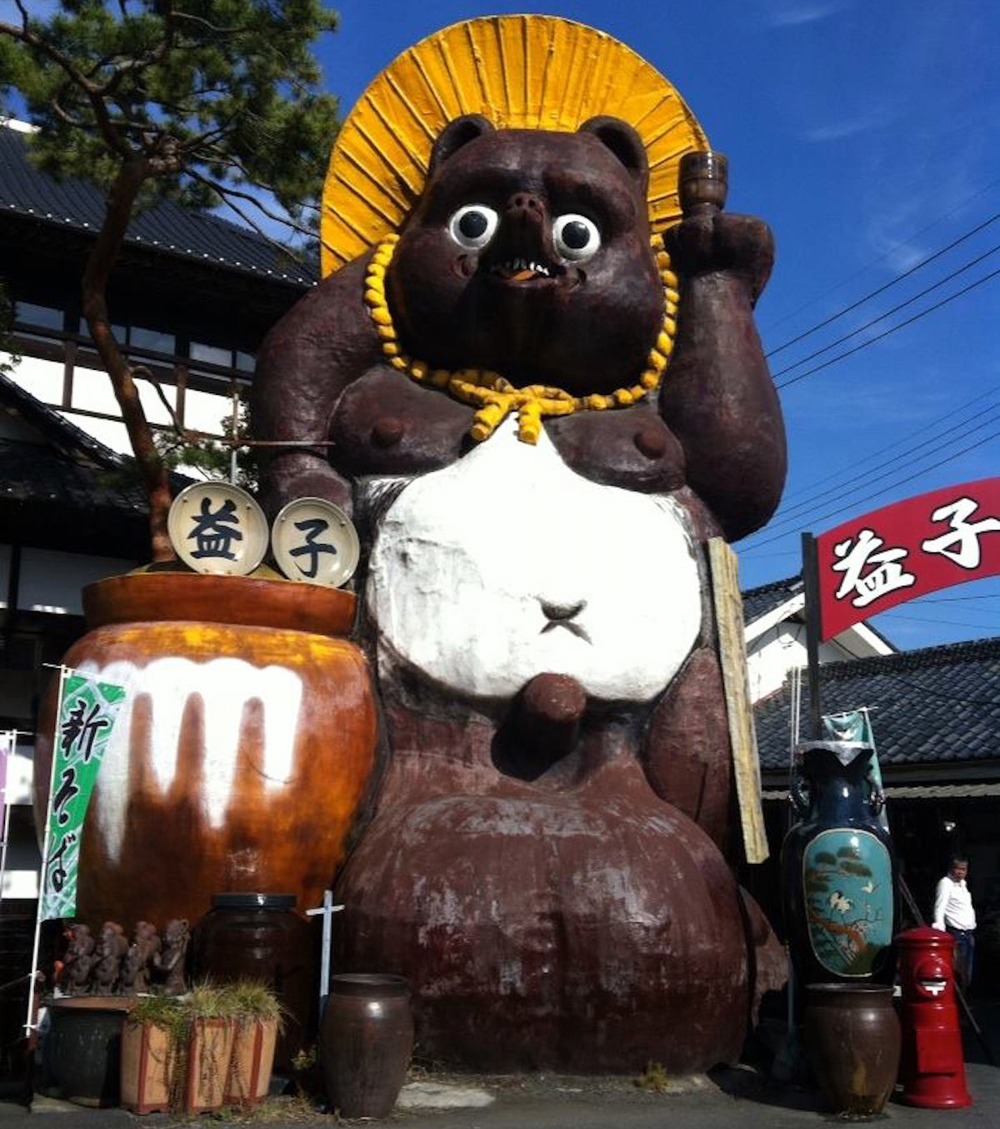
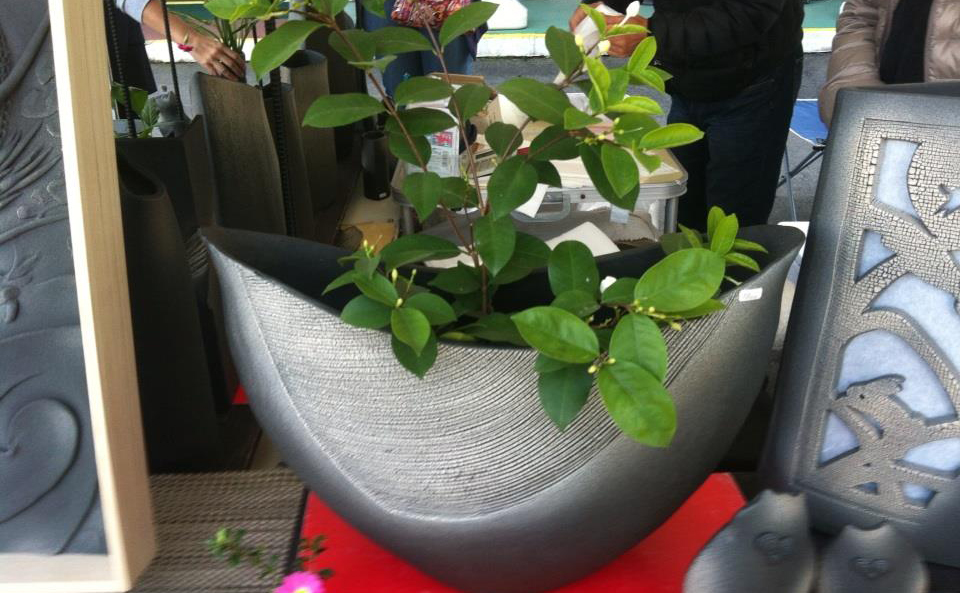
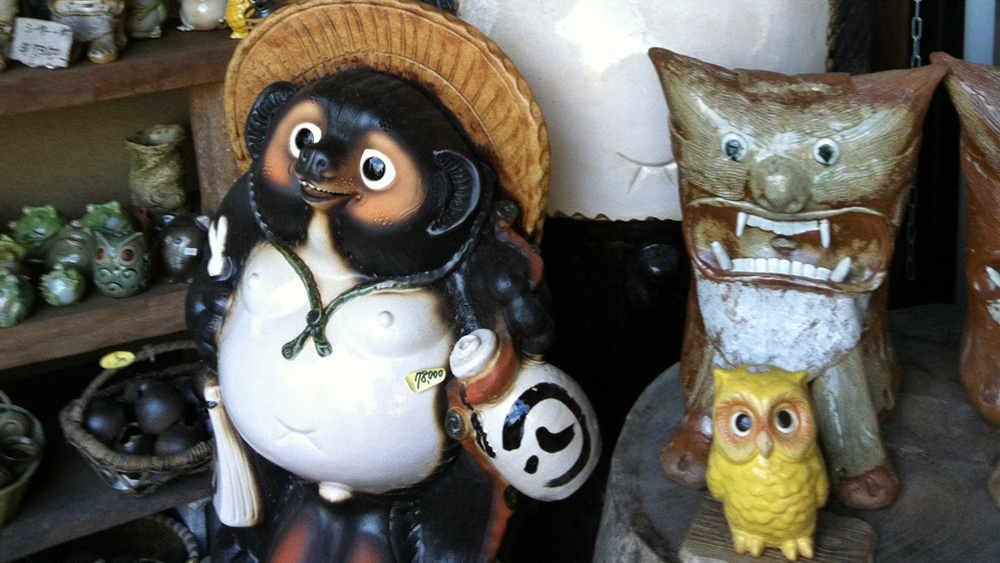











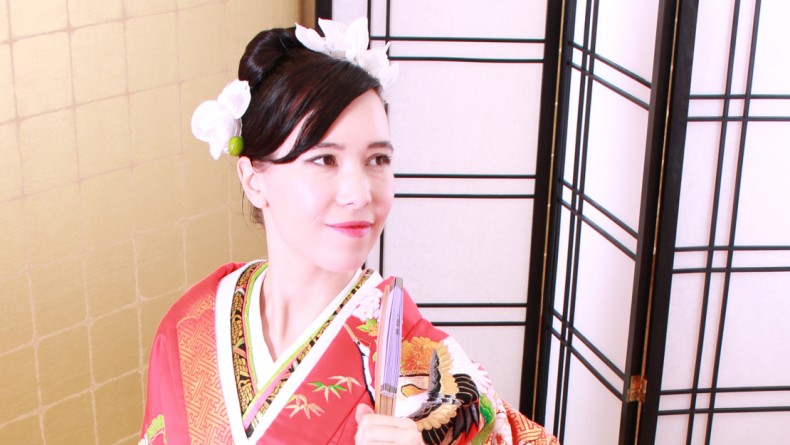
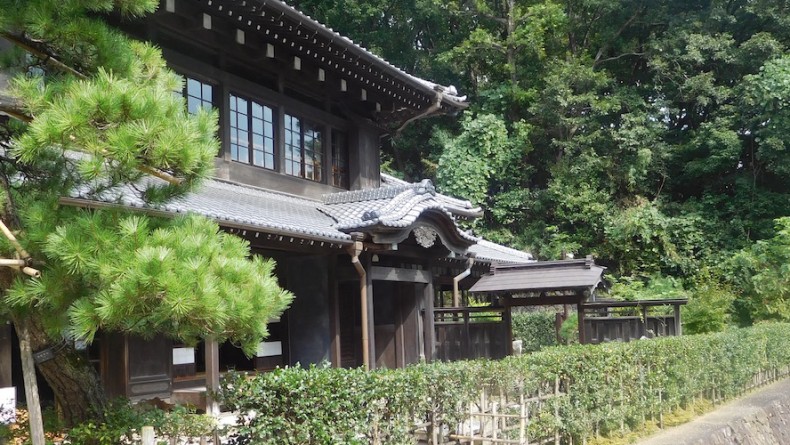
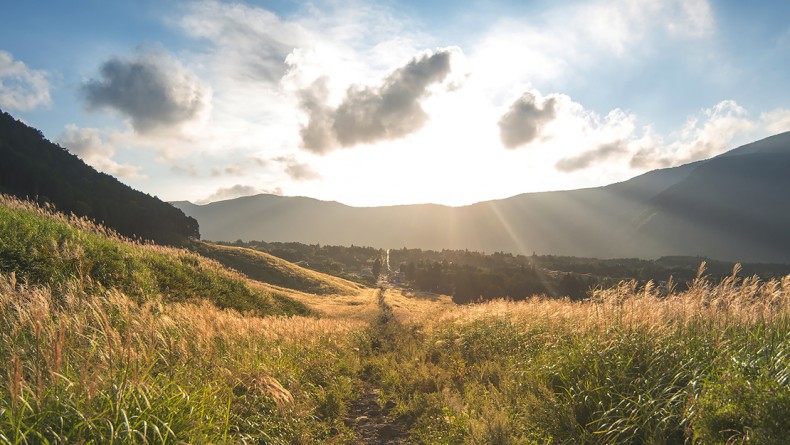
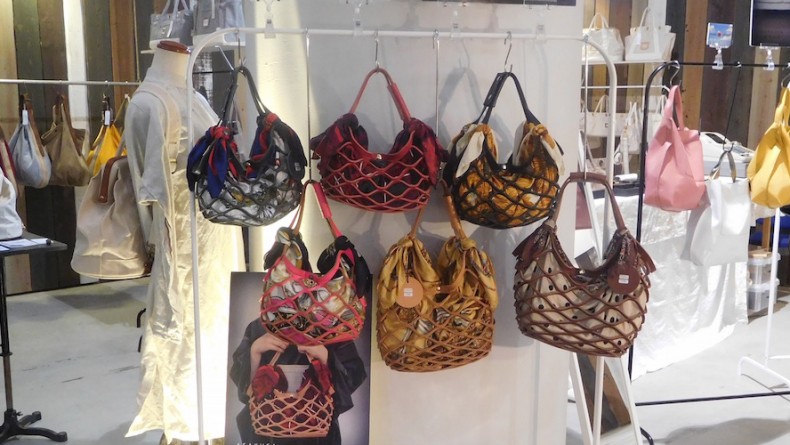
Leave a Reply